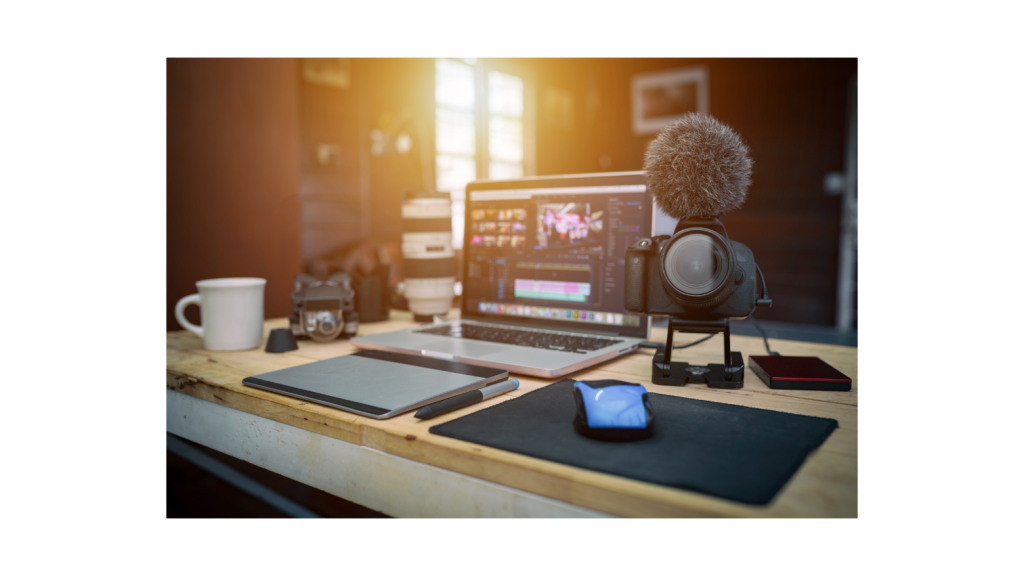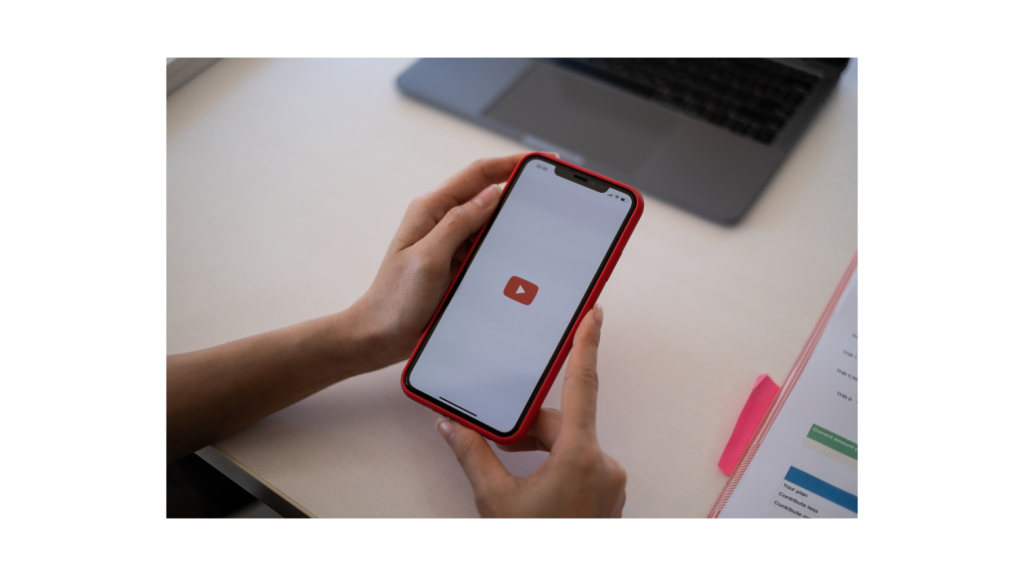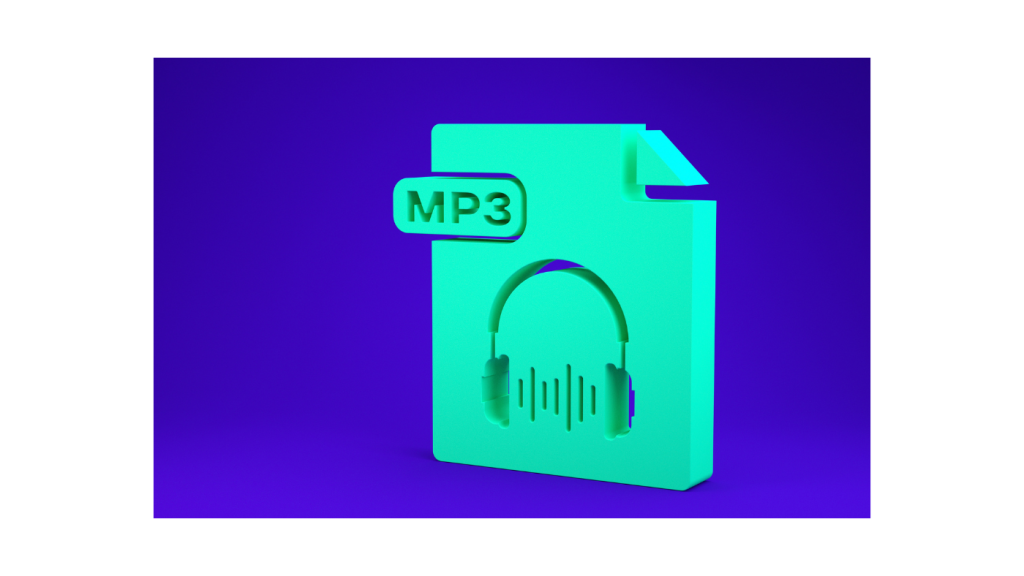Making Sense of Post-Production Interpreting—And How to Use It in Your Videos
One video. Many voices. Adding interpretation after production is a smart way to increase reach, inclusion, and comprehension—without re-recording a thing.
Table of Contents
You’ve probably spent hours creating your video content. The lighting is right. The sound is crisp. The message? Spot on.
But here’s a question: can everyone actually understand it?
According to the WHO, over 5% of the world’s population—around 430 million people—have disabling hearing loss.
And that’s just one part of the accessibility puzzle. Billions speak a different language than your original video. If you don’t adapt your content, you’re leaving a huge audience behind.
That’s where post-production interpreting comes in.
Let’s break it down simply—what it is, why it matters, and how you can do it right.

What Is Post-Production Interpreting?
In simple terms, it’s making your videos understandable to more people after they’re filmed.
Instead of doing interpretation live or during filming, post-production interpreting happens during editing. You add extra layers—like translated voiceovers, subtitles, or sign language videos.
This way, you don’t need a team of interpreters on set. You can take your time, get it right, and customize for different audiences.
Why Should You Care?
If you’re creating videos—for training, marketing, education, or even internal communication—you’re investing time, money, and energy.
So why let that content be limited to just one audience?
Post-production interpreting helps you get the most out of every video you produce. Here’s how:
1. Reach more people with the same content
Let’s say your original video is in English. That works for some. But what about Spanish speakers? Or Deaf viewers who rely on sign language?
By adding voiceovers, subtitles, or sign language inserts, you make your message available to a much wider audience—without having to create a new version of the video from scratch.
That means more engagement, more reach, and more ROI.

2. Make your brand inclusive and human
Accessibility isn’t just a legal checkbox. It’s a chance to show that your brand cares about all people—regardless of language or ability.
When you add captions, video transcripts, or ASL interpreters, you tell your audience: “You matter to us. We want you to be part of this.”
That kind of inclusion builds trust, strengthens your brand, and creates loyalty.
3. Boost retention and understanding
Accessibility tools don’t just help people with disabilities—they help everyone. Think of how many people:
- Watch videos on mute in public
- Struggle with fast speech or heavy accents
- Learn better by reading or watching, not just listening
Captions help viewers stay focused. Transcripts make it easier to go back and review. Sign language makes content more dynamic and expressive.
In short? People remember your message better.
4. Meet legal and industry standards
Depending on your industry, accessible content might not just be a nice-to-have—it might be a must-have.
If you work in education, healthcare, government, or public services, for example, in legal videography, there are often regulations that require you to provide accessible communication. This includes captioning, transcription, or ASL interpretation.
Partnering with professionals means you’re staying compliant and delivering high-quality, human-centered content.
5. Improve SEO and discoverability
Here’s a hidden bonus: search engines love text.
When you add captions or transcripts, you’re giving Google more to work with. Your content becomes searchable. That means more visibility, better rankings, and more organic traffic—especially if your videos are on platforms like YouTube.
In other words, accessibility isn’t just good for people. It’s good for your marketing, too.

Methods of Post-Production Interpreting
Let’s explore the primary methods used in post-production interpreting:
1. Voiceovers
Voiceovers involve recording a new audio track in a different language that replaces or overlays the original dialogue. This method is particularly effective for storytelling, interviews, or explainer videos.
Best Practices:
- Professional translation. Ensure the script is accurately translated, maintaining the original message’s intent and tone.
- Tone and pacing. Voice actors should match the original speakers’ tone and pacing to preserve the video’s authenticity.
- Audio mixing. Balance the new voiceover with background music and sound effects to create a cohesive audio experience.
2. Subtitles and Captions
Subtitles and captions convert spoken dialogue and relevant audio information into text displayed on-screen. This method is ideal for environments where audio isn’t feasible or for viewers who prefer reading along.
Types
- Open Captions. Always visible and integrated into the video.
- Closed Captions. Can be toggled on or off by the viewer.
Best Practices
- Accuracy. Ensure the text accurately reflects the spoken content, including speaker identification and sound effects.
- Synchronization. Align the text with the corresponding audio for seamless viewing.
- Readability. Use clear fonts and appropriate text sizes for easy reading.
Learn more about the differences between open and closed captions.
3. American Sign Language (ASL) Inserts
Incorporating sign language involves embedding a video of a certified interpreter using sign language, often displayed in a picture-in-picture format. This method is crucial for reaching Deaf audiences who prefer sign language over text.
Best Practices:
- Certified interpreters. Collaborate with professionals fluent in the relevant sign language.
- Visibility. Ensure the interpreter’s video is clearly visible and doesn’t obstruct essential visual elements.
- Synchronization: Align the interpreter’s signing with the spoken content for accurate representation.
For more valuable tips on integrating sign language effectively, check out this comprehensive guide on ASL for Pre-Recorded Videos.

How to Implement Post-Production Interpreting (Without Getting Overwhelmed)
Now that you know what post-production interpreting is and why it matters, let’s talk about the how.
You don’t need a big production team or fancy software to make your content accessible. But you do need a clear workflow—and the right partners. Here’s a step-by-step guide to make it smooth:
1. Start with accurate transcription
Before anything else, get your spoken content into text.
Transcription is the backbone of post-production interpreting—it feeds subtitles, translations, and even voiceovers.
You can transcribe manually, use AI tools, or hire professionals.
The most reliable option? A human-powered transcription service for real-time and recorded transcription, which is especially helpful for complex language or when clarity really matters.
2. Translate the content for your target audience
Once you have a transcript, it’s time to translate it into other languages. This step should match your strategic goals:
- Want to reach Spanish-speaking audiences in the U.S.? Translate into Spanish.
- Planning to target international clients? Choose multiple language versions.
And don’t forget cultural context! Professional interpreters can help you localize your content, not just translate it.
3. Choose the right interpretation format

Here’s where your options come in:
Subtitles/Captions
Best for social media, YouTube, webinars, and on-the-go viewers.
If you want to know more about using captions for live events, this Karasch live captioning guide breaks it down.
Voiceovers
Ideal for training videos, presentations, or promotional content.
Pro tip: keep your translated voiceover synced with on-screen actions for clarity and professionalism.
Sign Language Inserts (like ASL)
These are vital for Deaf audiences who use sign language as their primary communication method.
Want to learn more about ASL inserts and overlays? This expert guidance on ASL integration for pre-recorded content can help you with interpreter placement and video clarity.
You can use one or a combination of these formats depending on your audience.
For example:
- Training video for an international school? Add subtitles + ASL.
- Promo video for U.S. business clients? Add English voiceover + captions.

4. Use the right tools and services
You don’t have to do it all alone.
Here’s what to consider:
Editing Software
Use tools like Adobe Premiere Pro, Final Cut Pro, or even Camtasia for smaller projects.
Service Partners
Consider working with experienced providers that offer full-service solutions—including video captioning, interpretation, and integration—so you don’t need to juggle multiple vendors.
5. Test before you publish
Once everything’s in place, review your video like a viewer would:
- Do the captions sync with the audio?
- Does the sign language interpreter stay visible and not block key visuals?
- Is the voiceover clear and natural?
A quick internal review can help you spot small issues that make a big difference in how your audience experiences your video.
6. Distribute in accessible formats
Make sure your video works everywhere your audience watches:
- Upload with caption files (.srt or .vtt) to YouTube or Vimeo.
- Export with open captions for platforms like Instagram or TikTok.
- Offer downloadable transcripts or captioned versions on your site for maximum accessibility.
And don’t forget mobile users. Captions especially help when people watch with the sound off—like 85% of Facebook video viewers do.

Wrapping It Up
Adding post-production interpreting may feel like an extra step, but it’s one of the most impactful things you can do to grow your reach and serve your audience well.
Want help figuring out which method to use? Or caption your next training video?
Get in touch with the Karasch team to hire certified transcriptionists or experienced sign language interpreters. They’ll help you make your content accurate, inclusive, and audience-ready—without the stress.
Let your message reach everyone.
Our Latest Resources
Request A
Call Back
Request A Call Back
Do you have additional questions?
Click here to meet your dedicated Client Relationship Manager.


